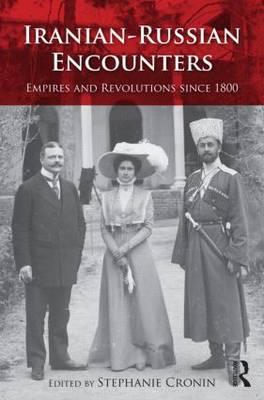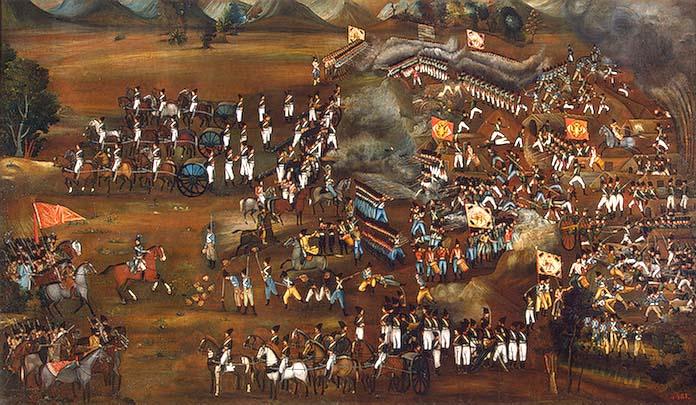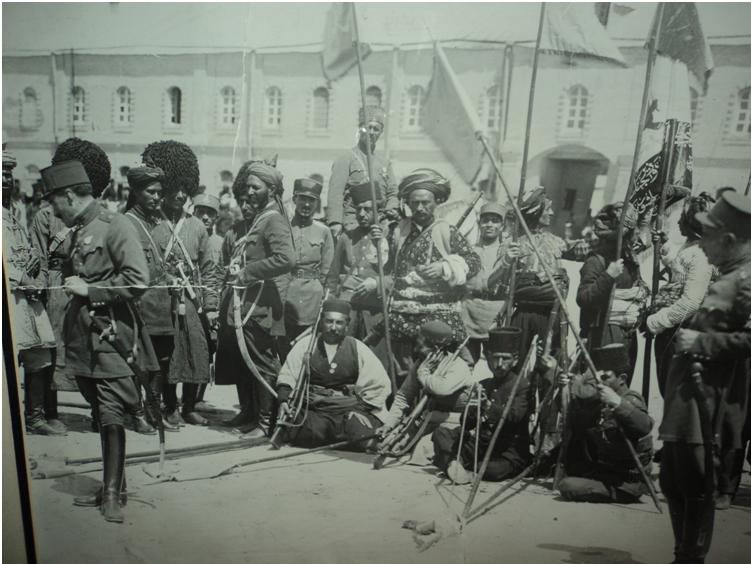There is new book on the history of Iranian-Russian relations:
- Title :Iranian-Russian Encounters: Empires and Revolutions since 1800
- Publisher: Iranian Studies Series, Routledge.
- Date: December, 2012.
- Description & Ordering: Hardback: 978–0–415–62433–6: $160.00 – £95.00; 20% off with code: GDC72 from Routledge.com – for more information to order from Routledge click here.
This important book has been made possible as a result of the efforts of Soudavar Memorial Foundatio and the Iran Heritage Fund who were the funders of an important conference entitled:
The material and academic information presented at that conference gave rise to the book.
The book has been edited by Professor Stephanie Cronin.
Professor Stephanie Cronin is the editor of this textbook. She is a lecturer in Iranian History at the Faculty of Oriental Studies, University of Oxford, and a member of St Antony’s College. She is the author of Shahs, Soldiers and Subalterns (2010); Tribal Politics in Iran (Routledge, 2006); and The Army and the Creation of the Pahlavi State in Iran, 1910–1926 (1997); and editor of Subalterns and Social Protest (Routledge, 2007); Reformers and Revolutionaries in Modern Iran (Routledge, 2004); and The Making of Modern Iran (Routledge, 2003). She is currently working on a comparative history of state–building in the Middle East. For on Professor Cronin, please see Iranian Studies Directory.
Kindly note that the pictures inserted below do not appear in the book.
============================================================================
Book Summary:
Over the past two hundred years, encounters between Iran and Russia have been both rich and complex. This book explores the myriad dimensions of the Iranian-Russian encounter during a dramatic period which saw both Iran and Russia subject to revolutionary upheavals and transformed from multinational dynastic empires typical of the nineteenth century to modernizing, authoritarian states typical of the twentieth.
Painting in the Hermitage Museum of St. Petersburg depicting a victory of Abbas Mirza`s army over the Russians in the Caucasus. The above painting is of interest as it shows the Shir o Khorshid (Lion and Sun) emblem of the Iranians versus the Double-headed Romanov eagle of the Russians. Though defeated in the Russo-Iranian wars of 1804-1813 and 1826-1828, Abbas Mirza fought well despite the more advanced weaponry and modern tactics of his opponents (Picture Source: Iranian.com)
The collection provides a fresh perspective on traditional preoccupations of international relations: wars and diplomacy, the hostility of opposing nationalisms, the Russian imperial menace in the nineteenth century and the Soviet threat in the twentieth. Going beyond the traditional, this book examines subaltern as well as elite relations and combines a cultural, social and intellectual dimension with the political and diplomatic. In doing so the book seeks to construct a new discourse which contests the notion of an implacable enmity between Iran and Russia.
A photo taken in 1926 of a military assembly in Tehran (book cover for Iran at War: 1500-1988). This was the Iranian Army headquarters at the time and is today the Iranian University of the Arts (محوطه ساختمانی که قبلا ستاد ارتش بوده و الان دانشکده هنر است ). The troops are about to pose for a military review. Note the diverse nature of the Iranian troops – reminiscent of the armies of Iran since antiquity: one can see Kurds, Azaris, Lurs, Baluchis, Qashqais, Persians, etc. partaking in the assembly. Gendarme Colonel Haji Khan Pirbastami (standing at far left) died just a year later when fighting as a colonel with the Iranian army against Bolshevik/Communist and Russian troops attempting to overrun northern Iran after World War One.
Bringing together leading scholars in the field, this book demonstrates extensive use of family archives, Iranian, Russian and Caucasian travelogues and memoirs, and newly available archives in both Iran and the countries of the former Soviet Union. Providing essential background to current international tensions, this book will be of particular use to students and scholars with an interest in the Middle East and Russia.
(Left) Soviet Mig-25 Foxbat (Right) Iranian Air Force Grumman F-14A Tomcat. The Tomcat remains the most modern aircraft in the Iranian Air Force inventory, past and present. The Tomcat “persuaded” the Russians to halt their Mig-25 Foxbat over-flights into Iranian airspace in the late 1970s. The Mig-25 was destined to meet the Tomcat again in combat during the Iraq-Iran war (1980-1988). Tomcats shot down large numbers of Iraqi jets during the war, including Russian piloted Foxbats. The London-based Air Power Journal reported in 1999 that “…the presence of one or two Tomcats was usually enough to send the Iraqi jets scurrying away…” (See pp. 32 in “IRIAF: 75th Anniversary review”, World Air Power Journal, Volume 39 Winter 1999 issue, pp.28-37). (Picture Sources: Left Photo from World Blue Airways and Right photo from IIAF.net).
Below are the Table of Contents of the book.
Table of Contents
- Introduction: Empires and Revolutions: Iranian–Russian Encounters since 1800 – Stephanie Cronin
- The Impact of Imperial Russia and the Soviet Union on Qajar and Pahlavi Iran: Notes toward a Revisionist Historiography – Afshin Matin–asghari
- The early Qajars and the Russian Wars – Maziar Behrooz
- Khosrow Mirza’s mission to Saint Petersburg in 1829 – Firuza Abdullaeva
- Russian Land Acquisition in Iran: 1828 to 1911 – Morteza Nourai and Vanessa Martin
- How Russia hosted the entrepreneur who gave them indigestion: New revelations on Hajj Kazem Malek al–Tujjar – Fatema Soudavar
- Deserters, Converts, Cossacks and Revolutionaries : Russians in Iranian Military Service 1800–1920 – Stephanie Cronin
- The Question of the Iranian Ijtima‘iyun–e ‘Amiyun Party – Sohrab Yazdani
- Georgian Sources on the Iranian Constitutional Revolution (1905–1911): Sergo Gamdlishvili’s Memoirs of the Gilan Resistance – Iago Gocheleishvili
- Constitutionalists and Cossacks: the Constitutional Movement and Russian Intervention in Tabriz, 1907–1911 – James Clark
- Duping the British and outwitting the Russians? Iran’s foreign policy, the ‘Bolshevik threat’, and the genesis of the Soviet–Iranian Treaty of 1921 – Oliver Bast
- The Comintern, the Soviet Union and Working Class Militancy in Interwar Iran Touraj Atabaki
- An Iranian–Russian Cinematic Encounter – Emily Jane O’Dell
- The Impact of Soviet Contact on Iranian Theatre: Abdolhossein Nushin and the Tudeh Party. Saeed Talajooy
- Iran, Russia and Tajikistan’s Civil War – Muriel Atkin
- Iran and Russia: a Tactical Entente – Clément Therme








